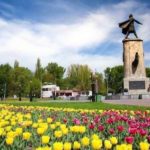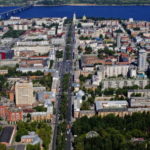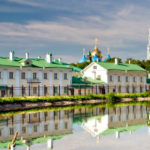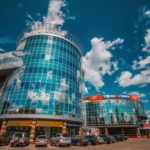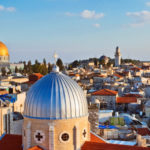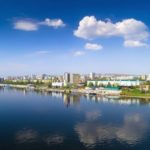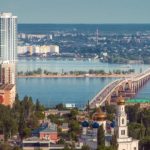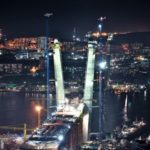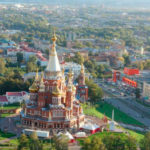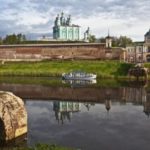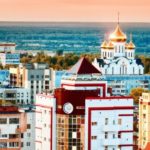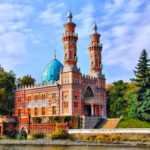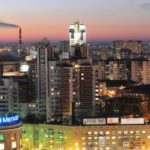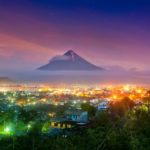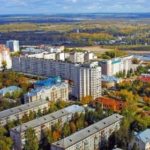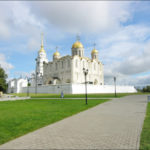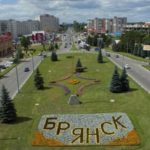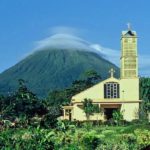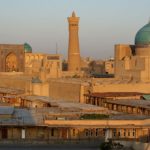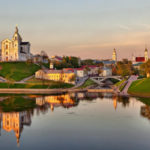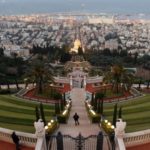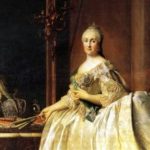Interesting facts about Yekaterinburg
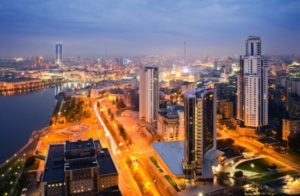 Ekaterinburg, named after Empress Catherine I, is of great importance for all of Russia. This is not only the cultural center of the entire region – a huge number of specialists are trained here every year, and local universities are highly rated throughout the country. Yes, and in itself the city is beautiful, it does not take away from him, especially its historical part.
Ekaterinburg, named after Empress Catherine I, is of great importance for all of Russia. This is not only the cultural center of the entire region – a huge number of specialists are trained here every year, and local universities are highly rated throughout the country. Yes, and in itself the city is beautiful, it does not take away from him, especially its historical part.
Once this city belonged to the Perm province, but it has long been the capital of the region itself.
Ekaterinburg was founded by Emperor Peter I.
In tsarist times, it was the center of the country’s rail industry.
In Soviet times, Ekaterinburg bore the name “Sverdlovsk”, but later it returned to its former name.
Of all Russian million-plus cities, Yekaterinburg is the most compact in size.
Because of the incident that happened here in the Soviet Union, parades replaced horses with cars. The reason was embarrassing when Marshal Zhukov’s horse stumbled and the rider flew out of the saddle in front of everyone.
The equipment with which they drilled the deepest borehole in the world (Kola Superdeep) was produced in Yekaterinburg.
In Russia, this city became the third after St. Petersburg and Moscow, where the metro appeared.
The mortality rate here is lower than in all other Russian million-plus cities.
The frame for the Statue of Liberty in the United States is made of metal mined in Yekaterinburg.
There was no time in this city was tested the world’s first aircraft with jet engines.
During World War II, the invaluable collection from the St. Petersburg Hermitage was evacuated to Yekaterinburg.
In 1963, the city was visited by the leader of the Cuban revolution, Fidel Castro. The visit resulted in eleven Fidel registrations at local maternity hospitals this year.
Yekaterinburg got into the Guinness Book of Records as a city with the maximum consumption of mayonnaise per capita.
From the iron extracted here the roof was made for the parliament building in Great Britain.
